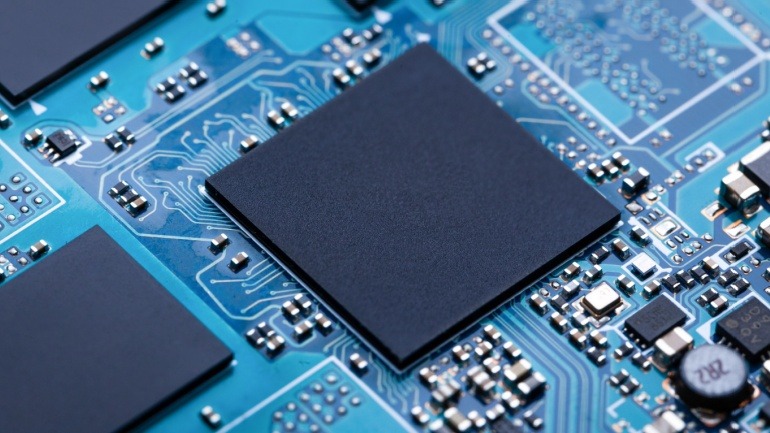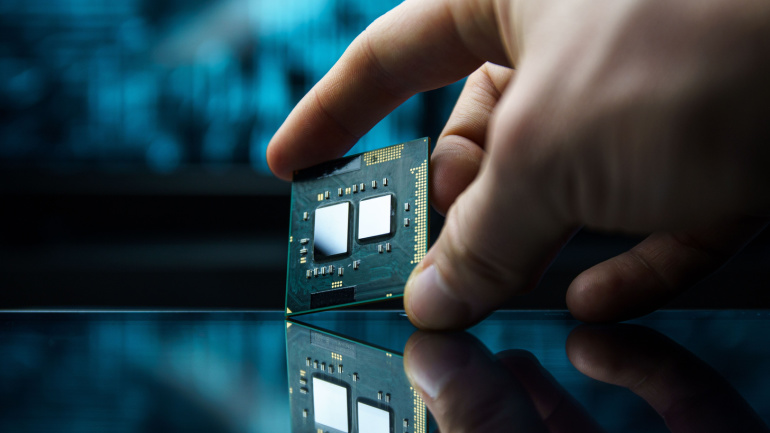AMD’s new 5th Gen EPYC processors, “Turin,” featuring the Zen 5 core architecture, significantly enhance data center performance for enterprise, AI, and cloud applications. With models like the EPYC 9575F offering a 28% speed boost and up to 5GHz, AMD leads in energy-efficient, powerful solutions for AI and virtualized infrastructures.
Hewlett Packard Enterprise has unveiled the HPE ProLiant Compute XD685, a state-of-the-art system designed to enhance the training of complex AI models. Powered by AMD’s 5th Gen EPYC processors and Instinct MI325X accelerators, the XD685 caters to AI service providers seeking unmatched performance.
Dell Technologies has significantly expanded its AI offerings with new PowerEdge servers powered by AMD’s 5th Generation EPYC processors. These servers are engineered for high-performance AI, offering substantial improvements in efficiency and scalability.
AMD has announced a major acquisition of ZT Systems for $4.9 billion, aiming to strengthen its AI and compute infrastructure. This move will enhance AMD’s data center AI capabilities and customer enablement. With ZT Systems’ expertise, AMD plans to rapidly scale AI solutions for cloud and enterprise customers, bolstering its AI ecosystem.
AMD’s acquisition of Silo AI for $665 million boosts its AI capabilities and positions the semiconductor giant to better compete with industry leaders like Nvidia. By integrating Europe’s largest private AI lab, AMD aims to deliver cutting-edge AI solutions, enhancing enterprise offerings and leveraging robust VoIP models for improved communication systems.
Dell Technologies and AMD introduced the Dell PowerEdge XE9680 Server with the AMD Instinct MI300X Accelerator and ROCm 6 software. Tailored for machine learning, deep learning, and generative AI, this server promises enhanced performance in data centers, particularly benefiting the 5G transition and network edge computing.
Nvidia, the graphics processing unit heavyweight, plans to enter Intel’s domain with ARM-based chips tailor-made for Windows PCs, according to insiders. AMD, another significant player in this space, is also reportedly considering ARM technology. This move, potentially hitting the market by 2025, has been stimulated by Microsoft’s interest in duplicating the efficiency of Apple’s ARM-use in AI processing. Yet, Nvidia’s past attempt to acquire ARM was thwarted by regulators, putting the company’s motives under scrutiny as the PC CPU sector braces for potential disruption.
Amdocs unveils its AI-driven amAIz framework, revolutionizing telecom operations with advanced capabilities and natural language processing. Enhancing service quality and boosting operational efficiency, this transformative technology offers pre-built use cases and rapid implementation, while fostering customer engagement and streamlining processes.
Amdocs, a leading software and service provider to communications and media companies, has bought an Ireland based Digital BSS company, Openet, that provides charging, policy and data solutions. Two years after their heated legal dispute, the telecom software company Amdocs has ended the litigation by finally licensing a number of Openet patents. As the telecommunications sector has been trending towards digital transformation for some time now, the merger between the two companies will provide exceptional and wide-ranging opportunities for both enterprises. In recent years, the Ireland-based company, Openet, developed modern cloud-based software and 5G products that are recognised around the world for their innovation. The amalgamation of the two companies is said to offer Amdocs‘s customers advances in 5G technologies, cloud, edge computing and Internet of Things (IoT), as well as an elevated customer experience, policy and data management expertise. Shuky Sheffer, CEO of Amdocs Management, commented:…
VDURA’s advancements in data infrastructure have enhanced its platform for AI and high-performance computing. Featuring a modern microservices-based architecture and innovative tools like VeLO and VPOD, VDURA leads in managing complex environments across on-premises, cloud, and hybrid systems.













